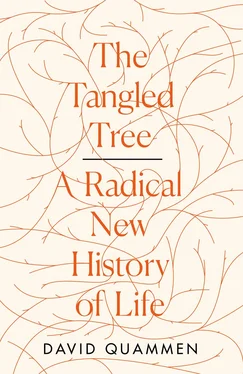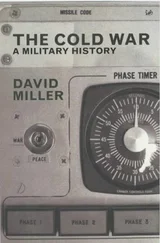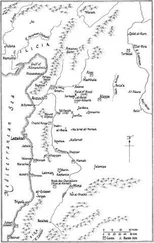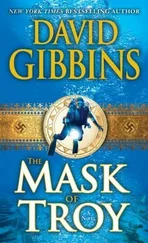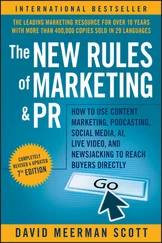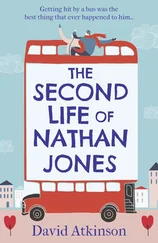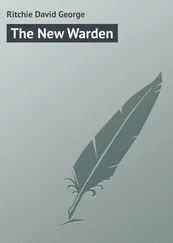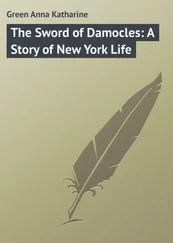In English we say: “sixteen-S ribosomal RNA.” It’s a structural component of every bacterium on Earth, and bacteria were what Woese studied initially.
There’s a close variant, 18S rRNA, in the ribosomes of more complex creatures, such as animals and plants and fungi. This 16S molecule and its 18S variant, therefore, could serve as the reference standard, the great clue, for deducing divergence and relatedness among all cellular organisms. It was, arguably, the single most reliable piece of evidence, molecular or otherwise, for drawing a tree of life. And that recognition, though it never made the front page of the New York Times , was Carl Woese’s single greatest contribution to biology in the twentieth and twenty-first centuries.
The immediate goal for Woese, back in the early 1970s, was to extract ribosomal RNA from different organisms, to learn as much as possible about the genetic sequence of the chosen rRNA molecule from each organism, and to make comparisons from which he could gauge degrees of relatedness. He started with bacteria, because many kinds of bacteria are easy to grow in a lab, and their collective history is very ancient. Looking at bacteria from numerous different families allowed him the prospect of seeing contrasts, even in such a slowly evolving molecule as 16S rRNA. He and his team proceeded by extracting ribosomal RNA from the bacterial cells, purifying samples of the 16S molecules in each, and cutting those molecules into variously sized fragments with enzymes. Then they separated the fragments by electrophoresis, using an electrical field and a racetrack of soaked paper or gel.
In electrophoresis, a solution of mixed fragments is added to the racetrack, the power is turned on, and the electrical force pulls small fragments along faster than large ones, causing them to separate as distinct bands or ovals along the track. In Woese’s effort, each fragment comprised just a few of those A, C, G, U bases—maybe three, maybe five, maybe eight, maybe as many as twenty, but always a minuscule fraction of the full molecule. Those small fragments could then be pulled again, this time in a sideways direction, and their exact sequence would begin to come clear, based on the chemical and electrical differences among A, C, G, and U. Small fragments were easier to sequence by this method than one mammoth chain. AAG was easier to discern, as you might imagine, than AAUUUUUCAUUCG.
There were several stages of work. The primary run began the process of separating the fragments from one another. The secondary run, in a sideways dimension, revealed more about each fragment, which grew discretely recognizable as it raced not just down the racetrack but also now across. Those fragments, because of their radioactive content, showed as ovals burned onto the X-ray films. The oval-marked films would let an expert interpreter such as Woese infer the sequences—that is, to sort the As, Cs, Gs, and Us from one another and determine their order in each fragment. Once illuminated that way, a fragment became more like a word than like a shadowy amoeba. It had its own spelling. What was the spelling of this little word, this fragment, or that one? Was it CAAG? Or was it CAUG? Was it something a little longer and quite different—maybe CUAUGG? The answers were important because from those words, added up into paragraphs, Woese would deduce the degree of relatedness of the creatures from which they had come.
If the sequences were still ambiguous after a secondary run, as they often were, at least for longer fragments, then those were cut further, using other enzymes, and a third run was made. Rarely there might be a fourth run, but that was usually impracticable (as well as unnecessary) because the short half-life of the radioactive phosphorus that had been fed into these bacteria meant that its radiation faded quickly, and, after two weeks, the bits wouldn’t burn their images onto film. With experience, Woese developed a good sense of how to cut the fragments and get it all done in three runs at most.
Mitch Sogin and his successors did the culturing of microbes, the extraction of RNA, the cutting, and the electrophoresis. They added improvements to the methodology—different enzymes for cutting, modifications of the electrophoresis—and by 1973, the Woese lab had become the foremost user of Sanger-type RNA-sequencing technology in the world. While the grad students and technicians produced fingerprints, Woese spent his time staring at the spots. Was this effort tedious in practice as well as profound in its potential results? Yes. “There were days,” he wrote later, “when I would walk homefrom work saying to myself, ‘Woese, you have destroyed your mind again today.’” The years between 1968 and 1977 were lonely and long. Today sequencing is a snap, but Woese was ahead of his time, gathering data like a man crawling across desert gravel on his hands and knees. He couldn’t have done it without a strong sense of purpose.
Being his assistant or his student called on a certain gravelly fortitude too. Mitch Sogin described the deliveries of radioactive phosphorus (an isotope designated as P-32, with a half-life of fourteen days), which by 1972 amounted to a sizable quantity arriving every other Monday. The P-32 came as liquid within a lead “pig,” a shipping container designed to protect the shipper, though not whoever opened it. Sogin would draw out a measured amount of the liquid and add it to whatever bacterial culture he intended to process next. “I was growing stuff with P-32. It was crazy,” he said, tossing that off as a casual memory. “I don’t know why I’m alive today.” Because the bacteria were cultured in growth media lacking other phosphorus, a vital nutrient, they would avidly seize the P-32 and incorporate it into their own molecules. Sogin would then extract and purify the ribosomal RNA, “all the while not contaminating the laboratory.” That was the hope, anyway. For separating 16S from the other ribosomal fractions, he used “home-built electrophoresis units,” cylinders of acrylamide gel through which the different molecular fragments would migrate at different speeds. (Acrylamide is a water-soluble thickener, sometimes used in industry as well as in science.) Then he would freeze the gel and attempt to slice it, like bologna, with a very precise knife. The slicing was difficult: slices would fall off when they shouldn’t, he had to work the material at just the right temperature, and “this was pretty radioactive stuff.” Sogin then cut the 16S molecules into fragments with an enzyme, and those fragments would run a race of their own, not through cylinders of gel but along a racetrack of special, absorbent paper.
One end of the long paper strip went into a receptacle known as a Sanger tank (as developed by Fred Sanger), containing a liquid buffer. The strip passed over a rack, beyond which its far end dropped into another Sanger tank, and both tanks were wired to an apparatus that provided the electrical pull. At the bottom of the tanks were high-voltage platinum electrodes, covered by three inches of liquid buffer and then at least fifteen inches of Varsol, a solvent not unlike paint thinner, intended to cool the paper strip. “Varsol is both volatile and explosive,” Sogin said. The power source delivered around 3,500 volts and plenty of amps, he recalled—“certainly enough to kill you.” Also enough, with an errant spark into the Varsol, to blow you up.
This whole panoply of dangerous, intricate machinery dwelt within a shielding hood that could be closed behind large sliding doors, floor to ceiling, in a nook off the main lab known as the electrophoresis room. Set up the system, close the doors, turn on the juice, hope for the best. “I was too stupid to be afraid of anything,” Sogin told me. “Too naïve. Too young. Immortal.” He was also lucky. Nobody got hurt.
Читать дальше
